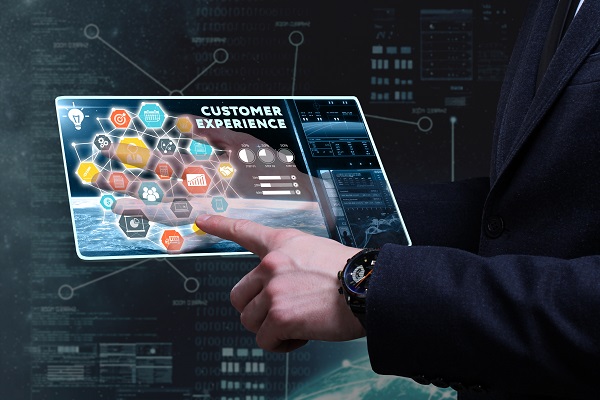 So, where were we? Undoubtedly, a lot has changed in the world since the first part of this series, where we examine the lessons B2B businesses can learn from B2C companies in order to achieve more satisfying customer interactions.
So, where were we? Undoubtedly, a lot has changed in the world since the first part of this series, where we examine the lessons B2B businesses can learn from B2C companies in order to achieve more satisfying customer interactions.
If anything, the current widespread shift to remote work means these lessons are even more critical, with B2B organisations having to adapt rapidly to this new landscape of customers using multiple channels from home.
Following on from my previous blog, we will discuss the lessons found predominantly within the purchase, retention and loyalty stages of the customer lifecycle. There are a number of key characteristics exhibited in the best practices demonstrated by B2C experiences that B2B organisations need to embrace in order to build a strong competitive advantage.
Mastering the onmichannel purchasing experience
The B2B customer journey is not linear. It is more complex in nature, often with more touchpoints and a greater likelihood of having multiple buyers in the process.
With so many touchpoints across multiple channels it can be painful for customers to have to repeat information to people from different areas of the business or even have the inconvenience of re-entering data or information into systems that should already have this information about them.
A recent survey found that 75% of B2B buyers would purchase from their provider again if they had a strong onmichannel purchasing experience.
This suggests that bringing a seamless omnichannel purchasing experience to their customers is becoming increasingly important. The goal is to achieve consistency across the buying journey so that, similarly to the B2C shopper who seamlessly jumps from social media to website and store, the buyer can enjoy a cohesive experience throughout the different touchpoints of the purchasing process.
Personalisation drives customer retention
Once the B2B organisation has mastered a consistent and coherent experience they can then leverage this information to enhance the customers experience through increased personalisation – even after the consumer has become a consumer of their products or services.
Research has found that some 44% of consumers would become repeat buyers after enjoying a personalised shopping experience. The sheer amount of data collected at each touchpoint will enable B2B companies to build out a single view of the customer.
Leveraging this prized capability in the right way will enable B2B firms to offer more personalised, tailored offerings based on the customer’s previous purchasing habits, current interactions and future needs.
This is an area where B2C businesses have excelled in recent years.
Just take Amazon or Netflix who through the use of artificial intelligence (AI) can offer almost hyper-personalised experiences which provide users with enhanced product recommendations. These recommendations are curated from mass consumer data and are based on other similar human interest’s not just previous purchasing habits.
This enables B2C organisations to provide more accurate recommendations that please the customer and can often lead to a repeat purchase with the company.
If B2B business are to maintain and retain customers, they need to work on personalisation and invest in hyper-personalisation strategies that can foster their existing customer relationships.
Leveraging AI
AI bots have already started to transform how consumers interact with brands in the B2C space.
B2C chat bots have the ability to provide personalised responses via a conversational interface on messaging apps like Facebook Messenger or Skype and through virtual assistants like Siri, Google and Alexa. This trend is one that is growing quickly and augmenting into the B2B world, with 80% business saying that want chat bots by 2020.
That number may seem high, but when it is estimated that in the USA using chat bots could save companies $23 billion by reducing the need for customer services representatives it’s no wonder they are a real asset to any company.
But the cost savings are just one side of the story. The real benefits are less tangible. Investing in AI can improve customer retention rates and build brand loyalty. In today’s tech-savvy world customers expect 24/7, round-the-clock support. They don’t want to be spending time trawling through page after page of FAQs in order to find the solution to their problem.
This is where the AI-enabled chat bot can provide some real return-on-investment. When a customer requires help post-purchase and your chat bot can live up the customer’s expectations this will increase loyalty.
Foundations of success
Competition in the B2B space is becoming increasingly intensified. Fine tuning the purchase, retention and loyalty stages of the customers’ lifecycle can set B2B companies on the right trajectory towards success.
However, these are just the foundations. B2B organisations will need to focus on the other stages of the customer journey to promote and generate new customer sales.
In my next post we will explore these areas in more detail: advocacy, awareness and evaluation.
Customer experience: Why B2B needs to learn from B2C – Part 1